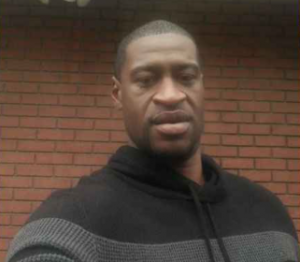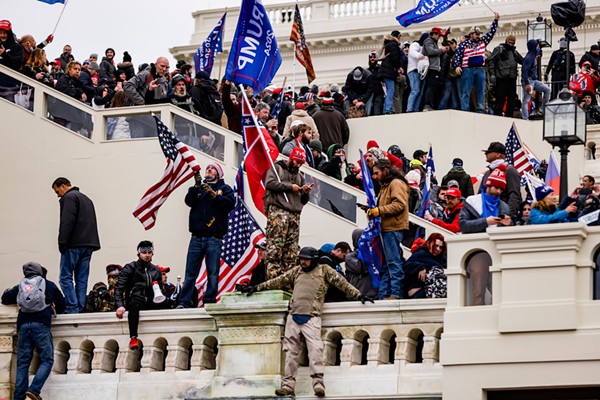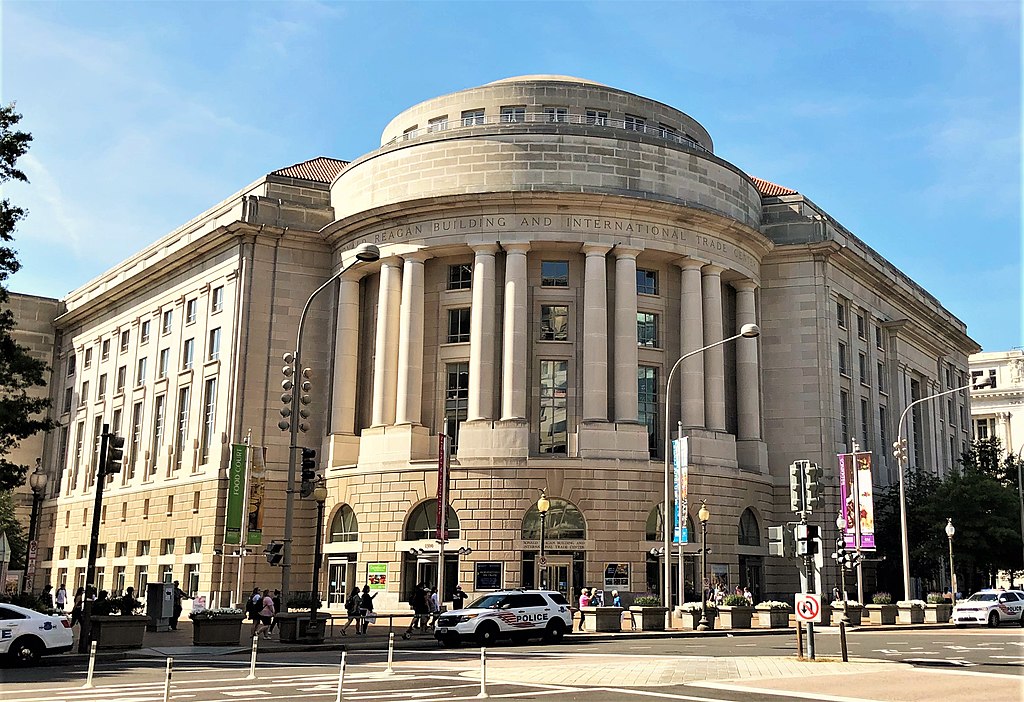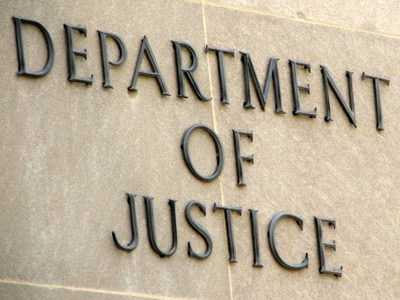The author is an organizational development consultant, psychologist, trainer, and speaker for public safety, non-profit, and private sector entities.
By Harvey Goldstein

The lurid almost macabre murder of George Floyd will not easily dim from our minds eye. Our nation cannot and should not turn away from transfixed horror and moral revulsion at indifference in taking a life. This and a string of recent incidents has raised the heat from a simmering stew of social injustices to a boiling caldron of suppressed and unattended grievances. Against a backdrop of rising hate crime, the broad coalition of protesters have unleashed a reservoir of ill will toward police as a lightning rod for institutional distrust and disgust. In a civil society, innocent loss of life is always tragic and matters. The broad-based firestorm of protest springs from a blatant visual that confirmed the worst fears of all peoples. This betrayal of “legitimacy “by four police officers has ignited the most negative portrait of police service. Acts of seeming retribution and displaced anger at police leaves us all at a crossroads.
Gandhi suggested that “we must be the change we want to see in the world.” The public outrage at malign police intent ought not be ascribed to the entire police profession with a broad brush. To do so resonates with the same venal tone as the racism that is being railed against. What is certain is that the explanation of “a few bad apples “will no longer quell long standing, high profile grievances about unequal treatment of minorities.
The Issues Are Not Just Black And White

In the role of a civilian police psychologist for four decades I bear witness that the vast majority of the law enforcement community is comprised of professional, decent, incredibly giving, kind, brave, helpful and compassionate people. Most are repulsed by a policeman totally bereft of the humanity that so many labor daily to protect. To demonize them would be a further travesty of justice. If you ask a police officer if they are racist, they are likely to say that there isn’t a racist bone in their body. Past studies on the police population suggest having spontaneous negative biases doesn’t necessarily result in discrimination. I believe that there are biased automatic precursors to behavior that sometimes result in outright racism and sometimes not. Regulating the underlying catalyst for aggressive escalation is what needs to be targeted in training scenarios and assessments.
The outcry for “defunding “police springs from raw and earnest anger but portends no real viable alternative. Defunding smacks of self-defeating naivete. It can only hurt the law-abiding people in communities when you don’t have good cops to respond to crime.
Throwing the baby out with the bathwater is not the solution. However, the bathwater needs refreshing, and the tub does need a sound scrubbing. A wider lens reveals another side to the story.
When considering “police reform” will that include the “oversight” institutions that have failed us mightily, leaving law enforcement without clarity, more defined limits or corrective guidance? Instead, the “parental” institutions have provided wide berth and cover for extreme behaviors with scant accountability.
“Police officers don’t face justice more often for a variety of reasons — from powerful police unions to the blue wall of silence to cowardly prosecutors to reluctant juries. But it is the Supreme Court that has enabled a culture of violence and abuse by eviscerating a vital civil rights law to provide police officers what, in practice, is nearly limitless immunity from prosecution for actions taken while on the job. The badge has become a get-out-of-jail-free card in far too many instances.”
5/29/20, How the Supreme Court Lets Cops Get Away With Murder, New York Times
Unions who are effective defenders of salary and work conditions do harm to their profession when they defend any and all police actions as righteous. These messages all give oxygen to more extreme tactics towards those deemed non-compliant. If there is one thing you can count on in this life it is that a behavior reinforced is more likely to reoccur.
Cultural DNA
In biology DNA can be mutated or altered through epigenetic changes (environmental pressures or stresses). The same is true of organizational DNA. The law enforcement “gene” begins with idealism, honor, and commitment to mission. However, cultural norms are not created in a vacuum. They are fostered by its host, in this case, society and its government. Those influences alter the expression of the gene’s original heritage.
The public tolerance for cops behaving badly has reached a tipping point so I realize there is likely no appetite to hear this right now. But fairness demands it be aired. Making police the poster boy for systemic racism is patently unfair. Systemic racism is a process compounded and baked in at all levels of society (health care, education, jobs, criminal justice) well before police arrive on the scene. In fact, police deal with the worst manifestations of this degenerative societal cancer.
Despite attention to the spate of cops behaving badly, Heather MacDonald in a June 2, 2020 Wall Street Journal publication, “The Myth of Systemic Police Racism,” takes exception with the accusations against police. She contends that the numbers don’t support systemic police bias or disparity based on race. Apart from her own work she cites research by Harvard’s Roland Fryer, Jr. and the National Academy of Sciences as “undercutting the narrative of police systemic racism.”
The disconnect of these statistics can in no way reconcile the in vivo evidence and experience for people of color. The reality is that law enforcement, justly or not, will continue to be the most visible representation of our nation’s legacy of injustices and failure of our institutions.
Nature Of The Role
A better understanding of the genesis and evolvement of behavioral norms in the police culture is called for. What induces and supports the norms that give tacit allowance for inappropriate actions?
A badge and gun, a siren and authority are pretty heady stuff. It is a seduction that can blur boundaries and test limits. Applying tools that counter these tendencies often get short circuited by an undercurrent of anger emanating from cumulative and aggregate exposure to the underbelly of society. Restraint and de-escalation require serious self-reflection and self-assessment of emotional triggers.
Effective policing demands a skill set that stretches along a continuum from warrior/protector to social worker. Regular exposure to the prospect of a violent society often triggers a self -protective default to a tribal-like “us versus them” ethos. Good guys against the bad guys. New officers are pretty quickly indoctrinated to the rituals of a “good guy” as a collegial imperative and cultural heuristic to survive by. It’s not intended to be sinister, malign or discriminatory, but it can get that way. Codes of silence and nonintervention with a colleagues’ questionable behavior are egregious forms of enablement.
The DNA of this cultural imperative is rooted in and forged by a machismo that is often embedded in standards of police performance. In fact, the prevailing mantra of all law enforcement academy training is “command and control.” The reconciliation of command and control with serve and protect is fraught with many land mines. This rule of thumb promotes a necessary defensive tendency to err on the side of distrusting others and prioritizing actions that ensure their safety. Hard to fault that at a gut level given the increasing violence of our times. This is a learned and reflexive behavioral stance. A form of “toxic masculinity” is an underlying comorbid condition to racial brutality and excessive force that must be reckoned with. The problem arises when raw emotions become unbridled by the power of peer confirmation biases. Application of these dual missions can collide and result in compromised trust.
There is good reason for this preemptive draft of reality. In fight or flight circumstances the brain is highjacked. Over time, perceived resistance or non-compliance translates to a personal affront, and a defense of authority against chaos and disorder. De-escalation gives way to aggression towards the offender regardless of race. The number one reason police enter into a combustible confrontation is their perception of the subject’s behavior. Clearly one’s own racial bias can be a salient contributing variable. The danger lies in the automatic read of a person or situation which results in applying blunt force versus a more precise calibration that can make the difference in the outcome. How many tragic circumstances result from relatively small offenses that become combustible?
The hue and cry for police reform revives haunting echoes of the Rodney King incident. Sadly, what we have gleaned from that and other heart wrenching public protests of injustice is that reforms addressing school shootings and mass murders have slowly slipped away from the news cycle and stalled. It seems there is no political will to “ride herd” on anything robustly meaningful. Efforts at constructive change in police culture require measures that reach and penetrate beyond “window dressing.” There are and have been progressive leaders and programs to professionalize the culture. Regrettably, the programs have lacked sufficient mandate to move the needle on a realignment of the norms. For instance, the net/net effect of well-intentioned Community Oriented Policing is marginal in reshaping the culture.
Police leadership all too often gets reduced to an exercise in the expertise of optics and lip service. Culture changing reforms are resisted because realistically it seems futile to change the nature of the role. Yet progress has been made — widespread adoption of body cameras, and civilian review boards on police misconduct have put chinks in the armor of this recalcitrant culture. Dealing with the lethality of police violence against black citizens requires the ‘initiation of a new order.” Nicolo Machiavelli, better known for expounding on ruthless ethics, was also an astute observer of the way things get done or don’t.
“It must be considered that there is nothing more difficult to carry out, nor more doubtful of success, nor more dangerous to handle, than to initiate a new order of things. For the reformer has enemies in all those who profit by the old order and only lukewarm defenders in all those who would profit from the new order.”
Stringent behavioral ethics must be prioritized and repeated in words and actions with no daylight in between. Adherence to standards and criteria of fairness of any discrimination, racial or otherwise must be continually reinforced.
There will not be a legislative reform or program that can extinguish human prejudices, evaluations, and preferences or magically restore trust. But biased thinking does not have to result in discriminating action.
Therefore, reconciling split second life or death hesitation in a conflict with a mindful pause for other non -aggressive tools is incredibly difficult. Reading potentially dangerous situations and people is an occupational hazard for police.
Fairness Is A Two-Way Street
The public will also need to discern the difference between making a tragic mistake versus an act of wanton or zealous abuse. The number of people of color dying from mistakes by the medical profession (iatrogenic death) are significantly higher than at the hands of law enforcement. Yet rarely is a doctor personally or professionally excoriated in the media for being systemically racist.
Reforms have to be framed positively in terms of the benefits to be accrued for all stakeholders. A hate filled “war on police” will not serve the community. The reimagined police force must not be cast as a punitive retribution by the public. Good cops will recognize that there are constructive ways to improve the culture. The American public did not immediately embrace smoking bans either.
The times demand serious focus on the insidious precursor underpinning racism. The underground roots of toxic masculinity that leads to brutality or excessive force can be tamed with the right organizational culture. An overarching philosophy that glorifies “street survival” does not bode well in reducing excessive force complaints.
The body politic of law enforcement rank and file has been conditioned to hunker down for the long haul following these assaults on its integrity and insults to the profession. They will stoically endure the “flavor of the month” programs, newly installed chiefs and citizen advisory boards as well as another iteration of community-oriented policing. There will likely be a “Ferguson effect” period where they collectively shrink from engaging in potential conflicts so as not to chance injury or accusation.
We Begin…
Where is the common ground for a collaboratively designed blueprint that works in the best interests of law enforcement and the public it serves?
We must move incrementally from the current state to a transition statetowards a desired state. It will take well financed bold reconfiguration
Here are 3 potential ways to mediate the nature of the culture and assuage an anxious and angry community from an organizational development perspective:
1. Hire and take care of the right people.
Start by selecting more of the right candidates and pruning more who will predictably struggle with their behavior.
If you want to change a culture begin by repopulating its composition. The Camden New Jersey Police model is a good example of this.
Each jurisdiction conducts a community assessment from agreed upon standards that creates ownership in their department’s hiring criteria. Collaborate with the stake holders on what is most valued and prioritize it.
This becomes part of a process of candidates selected in on the basis of the local jurisdiction values and input along with those psychologically screened out. We know a lot about what it takes to endure the length of a police career and also how much is associated with character, temperament and resilience. This job is not for everybody. Those with severe esteem and security issues or people that have a history of not regulating their emotions are usually screened out. Selecting in provides the community with input on goodness of fit with their conception of a “good” officer.
This will cost a lot initially but will be worth it in the long run.
Prioritize hiring more women. Herd immunity is not just for pandemics. It is not an overgeneralization that women officers are less aggressive and often more successful in calming roiled individuals.
2. Intentionally align culture, strategy and structure.
There is usually a subset of vocal veterans who perpetuate the naturally occurring cynicism and toxic tenets of policing they have experienced in their long careers that can “contaminate” the incoming pool of newbies.
At any point in time, particularly in large departments there are significant numbers of officers with limited organizational mobility who are disgruntled, non-promotable, burned out, rusted out and held captive by a retirement system that is perceived to be the golden ring. They tend to stay around even when it would be best for them to leave and pursue other opportunities. The current retirement configuration can be corrosive, unhealthy, stunt individual growth and development, and contribute to alcoholism, depression and suicides.
In this regard, the best case for positively impacting the culture would be to change the retirement structure of the law enforcement career. The culture will not improve by the weight of being tradition bound and mired in historical grievances of the past. For many, changes are resisted because they are seen as somehow invalidating them and the service they performed.
Unions need to get on board and make it worthwhile to work with administrative personnel by incentivizing acceptable exit points (5,10,15 years) for these officers.
Otherwise it’s lose, lose, lose for the individual and family, the department, and the community. There is nothing wrong with a 5, 10, or 15-year career that is a win/win.
3. Develop relevant metrics.
There needs to be a revolution in metrics that operationally define police success and effectiveness. It’s a well-known secret that many of the performance statistics in law enforcement are considered irrelevant by the rank and file but continue to be pressed up and down the chain of command. The benchmarks are often more about obtaining thresholds for executive bonuses which serve only to exacerbate stress to and from supervisors. This hypocrisy is in stark relief to the nobility, meaning and mission of law enforcement they signed up for.
It would do well to convene a congress of police professionals across disciplines to consider and pilot innovative ideas of conducting law enforcement business and consider new ways of measuring it. Cultures can change! I offer up the example of baseball’s use of saber metrics.
Promotions to higher ranks need to reflect and reinforce the perception and reality that the people who advance are truly representative of the constructive organizational and cultural DNA you are trying to replicate and reward. This criterion needs to revolve around demonstrating and supporting social intelligence, collaboration and self-regulation behaviors.
Attention must be paid to shiftwork schedules and outside work parameters that weaken the physical and mental constitution and performance of officers.
Messages About Values, Ethics And Behavior
Training in many departments pay lip service to importance of their Field Training Programs. Even when the training and trainers are excellent, the department often resists washing out marginal candidates because of manpower priorities. “Don’t want to lose a body that cost us a lot already.” Ask any cop if they know officers that shouldn’t have police powers. Once again this adds to the cynicism that haunts the culture and someone who will end up costing the department in spades.
I don’t have the data to support this contention, but my experience indicates that officers who train in hostage negotiation and/or peer support programs are generally more up to the task of pausing their confirmation biases and replacing them with constructive helping behaviors.
There needs to be an ongoing institutionalized anger management and de-escalation curriculum as well as better supervisory guidance for referrals. Excessive force may sometimes be racially motivated, but anger is typically the common culprit in cases of officer overreaction. The curriculum of reality-based simulation and practice works!
I have been a civilian police psychologist for 40 years with experience on the municipal, county, state and federal levels. I have had a privileged perch from which to observe and interact with the law enforcement culture. It’s been my job to provide organizational consultation and psychological services to law enforcement personnel on issues of health and wellbeing. It also involves, by direct extension, protecting the public from an unsafe police officer.





